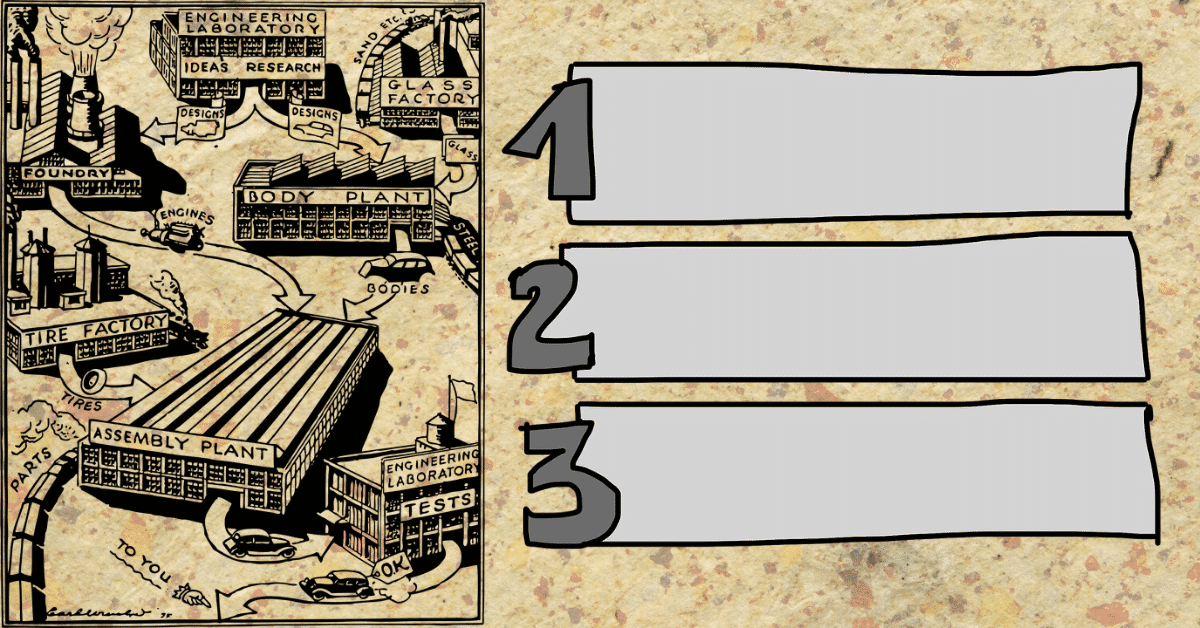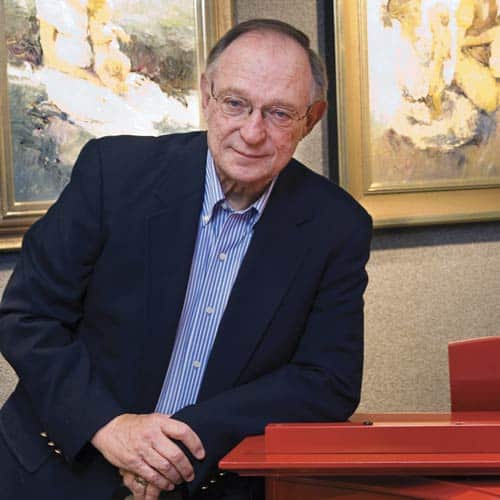The most common question we get from working artists is how to sell more art. “If I could sell even 10 or 20 percent more art,” they say, “I’d have a life.”
We can simplify that idea (and we do, when we’re in a dialogue with an artist): How do I increase my income by 10 or 20 percent? “Right!” says the artist. “If I could do that, assuming the same labor input, it would be the same thing.”
Now we’re getting somewhere. There are lots of ways to increase income—from raising prices, to opening ancillary sales channels—but at some point, we go one step further and suggest that the artist zoom out. We ask them why: Why would it actually matter if you increased income but kept everything else you’re doing the same? Is that really what you want? Most don’t, because art isn’t a job like making widgets, where you’re content to do the same thing over and over again for the rest of your life.
No, what a LOT of artists really want is to become better entrepreneurs (by that same 10 or 20 percent, at least) so that they can be free to make choices, experiment, chase their vision as it evolves, and sustain themselves while doing it. “What I really want is the freedom to make choices and choose paths that interest me.” Great—NOW we’re really talking.
In business, you only need to be one percent better than your competition to become hyperdominant in an industry. Just 1.4 percent of tree species account for half of the trees in the Amazon rainforest. Grow just slightly faster than other nearby species, and the effect is cumulative. You get more sunlight, which spurs faster growth, greater propagation, and soon you’re the most visible thing there. Be one percent faster than other runners in the race, and you get 100 percent of the victory. Call this the one-percent rule.
So the goal of increasing your income by 10 or 20 percent is an extremely modest expectation if one improves entrepreneurial skills by even one percent compared to others.
The other thing we point out is that the top one percent of earners spend about five hours per week on deliberate learning. Bill Gates and Warren Buffett read voraciously, as did Steve Jobs. Knowledge doesn’t just trump capital; it’s a gateway to it. In short, investing in entrepreneurial learning produces a greater net outcome—and a more sustainable one—than short-term tactics like raising prices. You can do both, of course, but investing in the entrepreneurial enterprise itself, specifically in its knowledge assets, is key to making it thrive. Five hours per week is about right, so call it the five-hour rule.
The one-percent rule is about setting a goal for improvement: be one percent better at my business than the other people I see. The five-hour rule is about investing the requisite pressure at the right point—not just short-term fixes but entrepreneurial learning that pays career-long dividends. For us, that’s not learning in a vacuum, but rather developing a peer network of fellow learners. The one percent hang out with the one percent because they share a culture. Artists who are devoted to improvement and learning need a community, too.
So this five-hour/one-percent approach neatly sums up CHF’s baseline prescription for artists to accelerate their careers. It asks artists to look deeply at what they really want and why they want it (define the goal more clearly); invest the requisite time, attention, and effort (no shirking); measure the outcome relative to their peers; and then improve on that.
How does one sell more art? The same way one sells more of anything else. How does one strengthen an artist’s business practice? The same way we all do. We all want to thrive and, fortunately, the tools to do that are in our hands.








Earlier today I emailed my newsletter; it’s subject was “it’s too …” I related that to my golf playing then into my art, with a painting that was too hard, too everything, until taking it in little bites simplified each step. I’m studying every day with CHF, grateful for what I’m learning. If it’s new to me, I’m trying to put it into action. This was a timely article; thanks!
Thanks, Daniel. That was very interesting. You pointed out that artists, like anyone else, say doctors for instance, need to stay educated about his trade, which brought to mind for me that a doctor’s fee includes the years of education devoted to his expertise, not just the half hour spent in his office. When someone pays for a work of art, they are also paying for the years that it took to hone our skills and knowledge, and this should never stop; and this has to include what we do to market ourselves so that we can continue to do what we do. I know that this isn’t precisely the point of your article, but the upshot of it is, any kind of growth comes from learning. I suppose even a flower has to learn to face the sun!